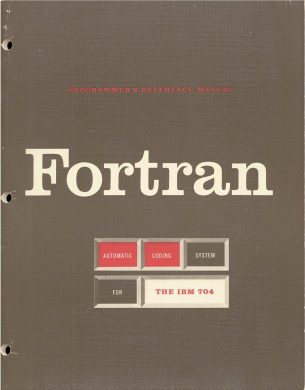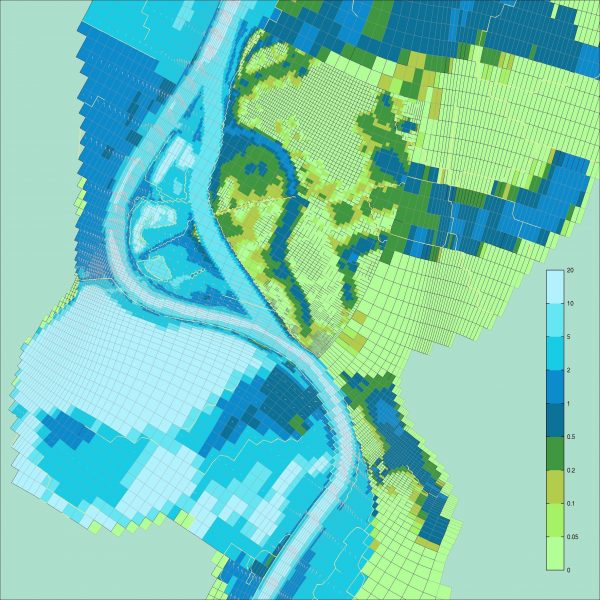

What is Fortran?
Much technical software has traditionally been written in the programming language Fortran. Besides being one of the first high-level programming languages, it was also the first programming language standardized by ANSI. This made this language ideal for large investments in development of large-scale computational software, where maximum performance had to be obtained. To achieve this maximum performance, specialized techniques are used, such as High Performance Computing (HPC) and highly optimized numerical libraries such as BLAS and LAPACK.
The largest and best software packages written in Fortran have stood the test of time and are still in use. In many cases, this software is extremely carefully written and well-maintained. It usually still achieves maximum possible performance on modern hardware. The functionality was, often by the original programmers, extended and adapted to modern standards. This is the reason there has never been a reason to rewrite these huge packages in another programming language.
Is Fortran still under development?
The programming language itself is still under development: the Fortran standard is being updated periodically. The punch card layout of FORTRAN 77 (with capital letters) is gone, the names of variables and functions may be longer than 6 characters and “modern” options such as dynamic memory allocation and object orientation have been added. The inter-operation with C is a standardized part of the language nowadays. MPI and OpenMP offer HPC capabilities. Compiler manufacturers are still supplying new versions of their compilers optimized for modern processor architecture, such as Intel, PGI and, of course, GNU Fortran. NVIDIA is working with the US Department of Energy’s National Nuclear Security Administration on a Fortran front-end for LLVM: Flang.

Nowadays, new software is often written in other programming languages. The main reason is that much modern software, such as interactive websites and apps for mobile phones and tablets, is more focused on user experience than on computing power. In addition, other performance-oriented languages such as C and C ++ have also been standardized and have become acceptable for large-scale investments in software. The number of Fortran developers has now decreased considerably. This will lead to problems as soon as existing software developers retire, are promoted to a different job, or if temporary extra development capacity is needed for software expansion.
Virtually all software engineers at VORtech are experienced Fortran developers. How is that possible?
VORtech is specialized in technical and scientific software. One of the first projects of VORtech was the parallelization of the water management model SIMONA, over 20 years ago. This model was implemented in Fortran. VORtech is still working on SIMONA maintenance. VORtech is also working on Fortran software in other fields, such as sound modeling, climate modeling, traffic engineering, and geophysics. This often involves large and complex calculation and simulation software, whether or not linked to, for example, C ++, C, Python, Perl, Matlab, Java or C#. All scientific software engineers at VORtech, regardless of age, are academically trained in technical fields such as mathematics, physics or mechanics. Practically all have worked on Fortran software, in the course of their career.

Which Fortran services does VORtech provide?
In addition to providing assistance with the development, adding functionality and optimization of existing Fortran software, VORtech can also take care of software maintenance. In addition, we provide training and consultancy on scientific software and related mathematical aspects.


